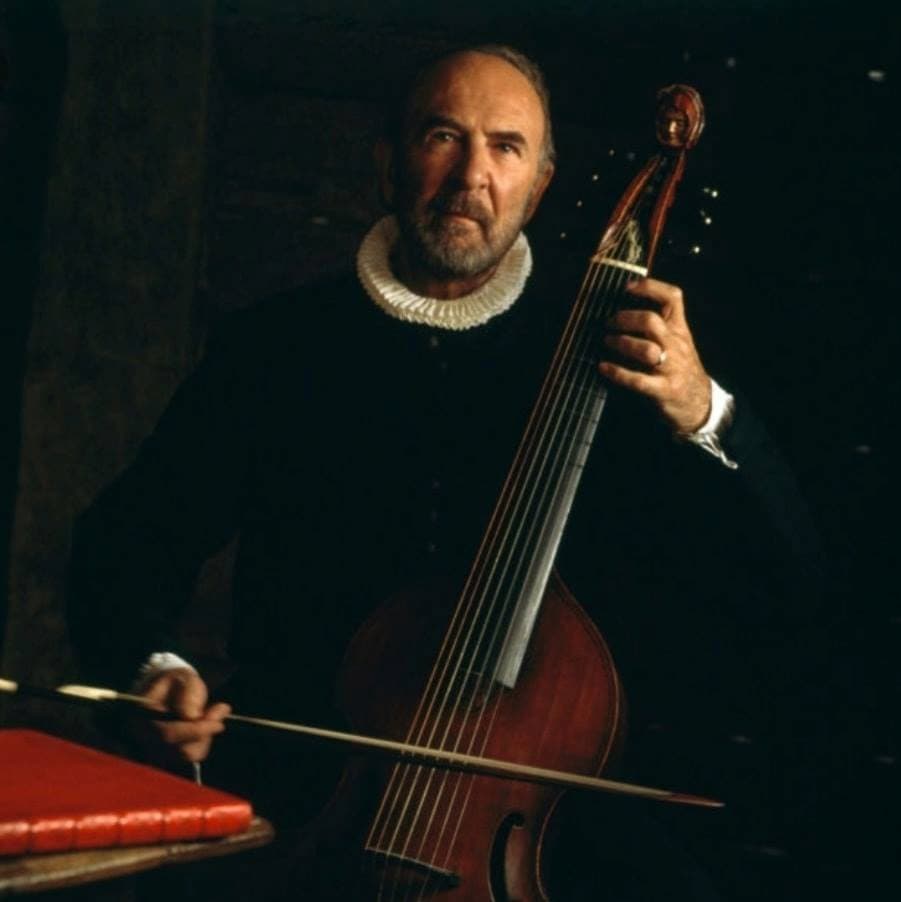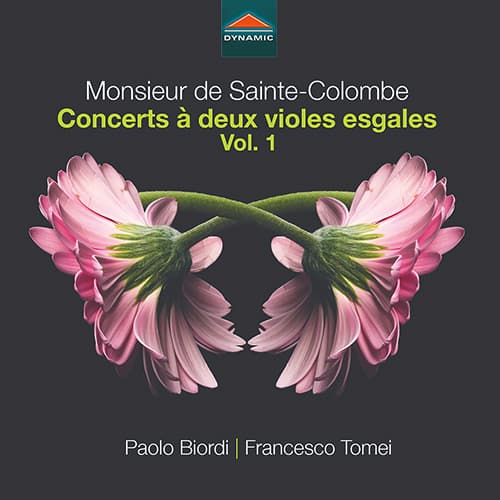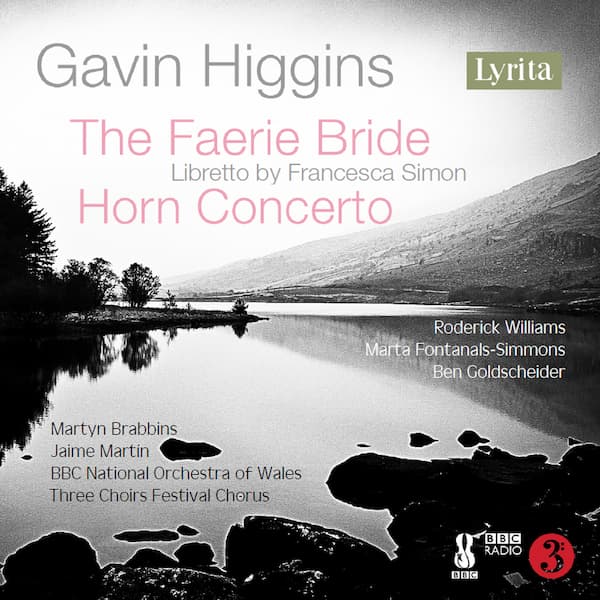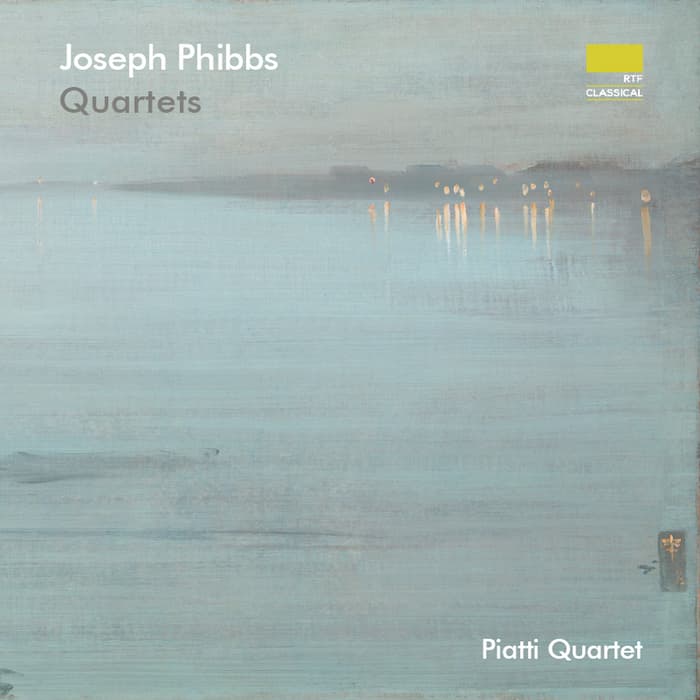It was only in recent years that the violist and composer known as Monsieur de Sainte-Colombe could be given a first name: Jean. His place and date of birth are unknown, how he came to music is unknown, and even his date and place of death are unknown. He flourished in France as a viol player and composer between 1658 and 1687, and he was dead by 1701. Given his dates, he was active really only during the reign of King Louis XIV. So much for his background. There are no known images of this great master.

Jean-Pierre Marielle as Monsieur de Sainte-Colombe in Tout Les Matins du Monde
For his foreground, he was one of the greatest viol players and composers of the mid-to-late 17th century. He was mentioned in Jean Rousseau’s Traité de la viole (1687) as having studied with Nicolas Hotman before becoming a teacher himself, most notably of the great Marin Marais but also of Jean Rousseau. He was an innovator on the viol, being credited with changing the nature of the strings (by establishing the use of overspun bass strings), with adding the seventh string to the instrument, and with creating a new technique for the left hand. One of his most famous technical innovations was known as ‘furies’, which involved passages completely in demisemiquavers (32nd notes) each played with a separate stroke of the bow. This was most frequently used on the lower strings.
He wrote 180 pieces for solo bass viol and 67 concertos for 2 equal bass viols. The 67 concertos were only discovered in the 20th century in a manuscript collection found in Geneva, Switzerland. They were written largely in the dance forms of the time (Gigues, Sarabands, and Courantes, etc.) as well as the painelle, a dance form in triple time with regular undotted rhythms, that he seems to have invented and which was unique to him.
As a composer, he was very different than the classically regulated Lully. His duets break the recognized harmonic rules by including parallel 5th and have unresolved dissonances that to our modern ears, trained on less radical fare, find difficult. He used the viol from the bass to its highest notes, challenging violists in ways new to the French viol literature.
Through church records, we have found that his wife’s name was Marie Pichille, he had two daughters, Françoise and Brigide, and one son, known as ‘Monsieur de Sainte-Colombe le fils’, who had a brief career in London. That Jean de Sainte-Colombe was dead by 1701 comes from the Tombeau pour Monsieur de Sainte-Colombe composed by Marais that year. However, that is a terminus post quem, as his name is missing from a 1691 list of Parisian musicians and from the January 1696 tax list of musicians in Paris.
The concertos for two equal viols, according to their editor in the 1970s, were probably compiled after Sainte-Colombe’s death by a ‘good musician who had to be familiar with the composer’. After its discovery in Geneva, the manuscript was purchased by the French pianist Alfred Cortot, and then acquired by the Bibliothèque Nationale in Paris.

Paolo Biordi and Francesco Tomei (photo by Nino Gambino)
Jean de Sainte-Colombe: Concerto No. 18 for 2 equal bass viols, “Les bateries” – I. Ouverture, “Les bateries” (Paolo Biordi, bass viol; Francesco Tomei, bass viol)
The two performers, Paolo Biordi, and Francesco Tomei, come at this recording with a great deal of viol experience behind them. Biordi, professor at the Conservatory of Florence is the author of a modern Viola da gamba method and book on the viola da gamba in Italy. Tomei was a student of Biordi’s in Florence and is a member of the Camerata Strumentale Città di Prato as a double-bassist, and, as a gambist, is founder of the Bassorilievi Ensemble.

Jean de Sainte-Colombe: Concerto No. 18 for 2 equal bass viols, “Les bateries”
Performed by
Paolo Biordi
Francesco Tomei
Official Website
For more of the best in classical music, sign up for our E-Newsletter



